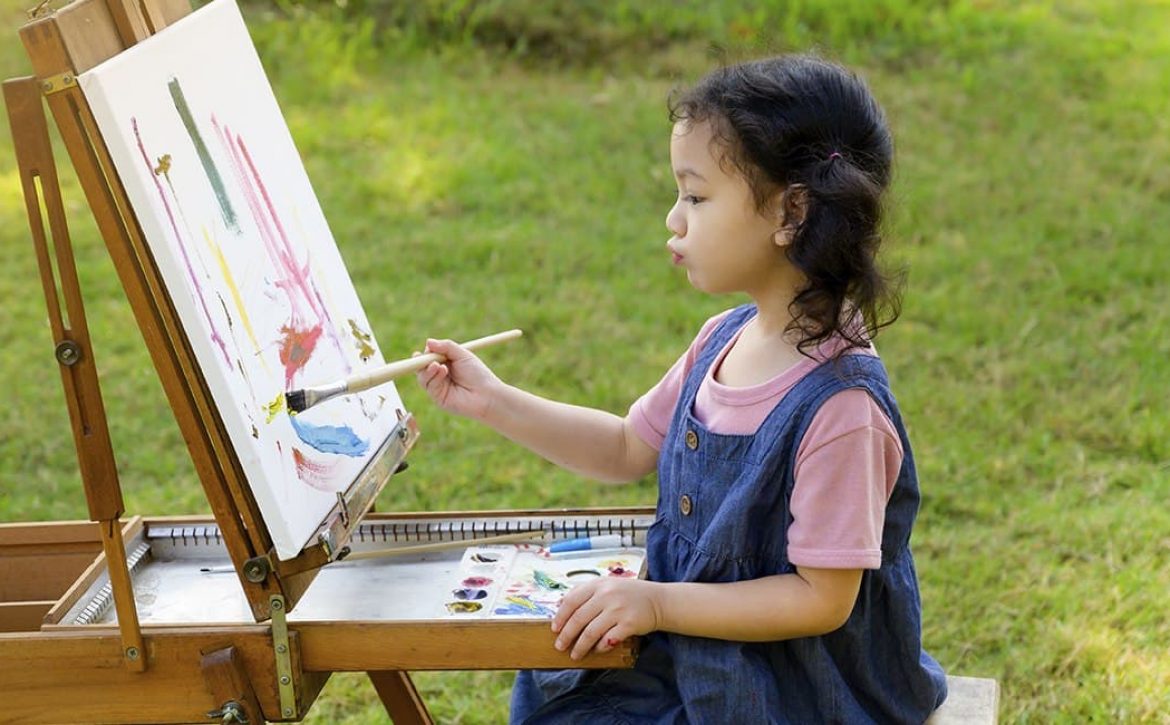Why painting helps children’s development
Painting with young children not only helps their creative development but it also stimulates their brain. Stimulating children’s brain can also help other areas of their development. When setting up a painting activity for young children, stop and think about what areas of children’s development it may be helping.
Most children enjoy a good messy painting experience, this will allow them to freely express themselves and develop their creativity. Young children will use their bodies to move around exploring as they go, whereas non mobile children will need further support in making sure they can access all the resources. Painting can provide children with vast amounts of learning, this may be developing their fine pincer grip or learning about color mixing. The opportunities are endless hence why painting should be accessible to children throughout the week.
Painting doesn’t just have to be about sitting at the table with a paintbrush and paint, be creative and offer it to children in different ways, large-scale painting is great for developing those social skills. Lay a large plastic sheet on the floor and place the painting resources on the floor. Children will freely enjoy rolling around on the paper making those all-important marks. Painting is very much a tactile sensory experience and for some children getting messy can be distressing, however, a high portion of children will love a good old messy session.
All of the above will give some fantastic results and is a great way of extending children learning opportunities.
Painting is a great way for children to communicate their thoughts either verbally or in the marks they make. Many opportunities can arise from a painting activity leading to exchanges in conversations, which is a way in for adults to listen and ask questions. Children will often show their feelings through their marks instead of talking to adults, on these occasions, practitioners need to respect this and ask questions in a tactile way and not over question them.
It is important that childcare practitioners are confident in the experiences they are offering children. It is not about practitioners thinking they have to be great at painting it’s about offering children the tools and resources to allow them to develop the necessary skills and build on what they know. Practitioner’s role is to scaffold the children’s learning and help them reach their full potential.
Source: KELLY


